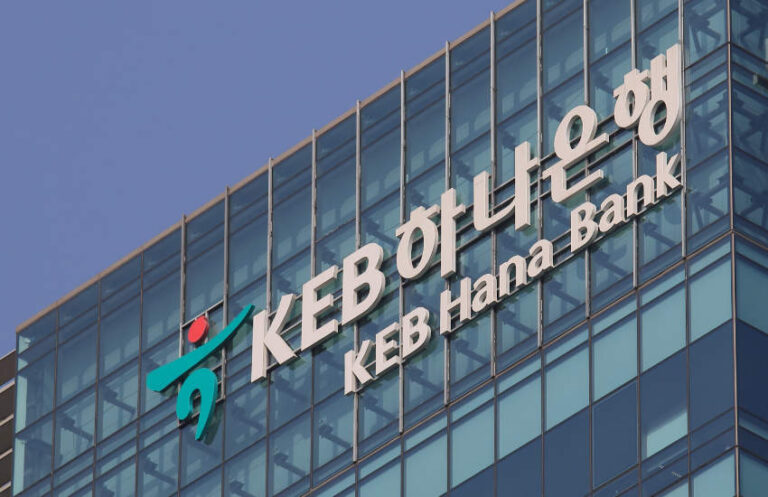
Source: www.ledgerinsights.com
According to multiple reports from Korea, Hana Bank is beginning to explore blockchain-based deposit tokens for payment purposes. It recently decided to expand its involvement in the Bank of Korea’s central bank digital currency (CBDC) experiments. There has been no formal confirmation of the trials.
What is unclear is whether this is tokenized bank deposits or a CBDC deposit-backed token.
CBDC-backed deposit tokens?
The press articles refer to ‘CD tokens’ and imply that banks will issue tokenized certificates of deposit, with CBDC as collateral. This seems to be closer to the design of stablecoins.
This model is bolstered by a recent note from Woori’s research arm which said that a “CBDC-based deposit token is a CBDC tokenized asset held by an issuing company such as a bank.” The Bank of Korea has recently massively expanded its experimentation with CBDCs.
The press also compares the stability of this design to stablecoins where the de-pegging of the Circle USDC stablecoin was mentioned when $3.3 billion of its collateral was locked up in the collapsed Silicon Valley Bank.
Diagrams in the Korean press indicate a proof of concept between Hana Bank and Woori Bank (Korea’s second and fourth largest banks) that could execute the described design.
Commercial bank deposit slips?
Alternatively, the same diagram could be interpreted as a blueprint for commercial bank deposit tokens, where a proof central bank digital currency (CBDC) is used to settle between banks.
Few bank deposit tokens in production so far, so each project has significant differences. As Hana hasn’t formally released any information about his work, the precise design isn’t entirely clear based on press reports.
A typical concept is for banks to issue tokens based on user bank deposits. If a customer of one bank (for example, Hana) sends tokens to the customer of the second bank (Woori) as payment, the recipient will often prefer to have tokens from their own bank (Woori), but received tokens from Hana. Therefore, unlike stablecoins, there could be a settlement layer between banks to allow the recipient to exchange the Hana tokens he received for Woori tokens. That requires one bank to pay the other bank, which could happen using a CBDC.
This model also seems to be supported by one of the banker’s quotes in an MK article: “CD tokens feel stable from a banks point of view, as they don’t change much from the current system.”
Meanwhile, deposit tokens are getting more and more attention. Ten institutions recently participated in a Regulated Liability Network test that included the New York Federal Reserve, Citi, HSBC, Wells Fargo and Mastercard. The latter recently launched its Multi Token Network for tokenized deposits.
Read More at www.ledgerinsights.com